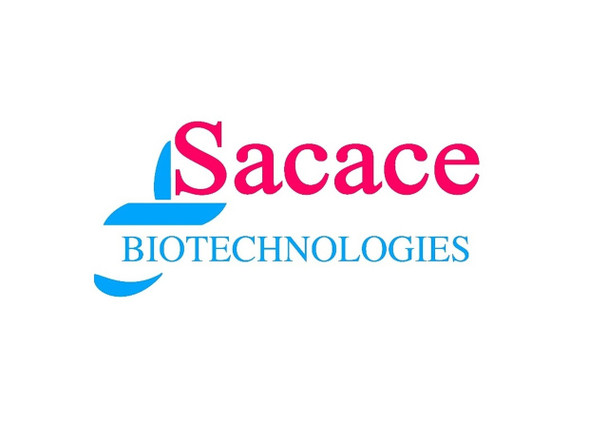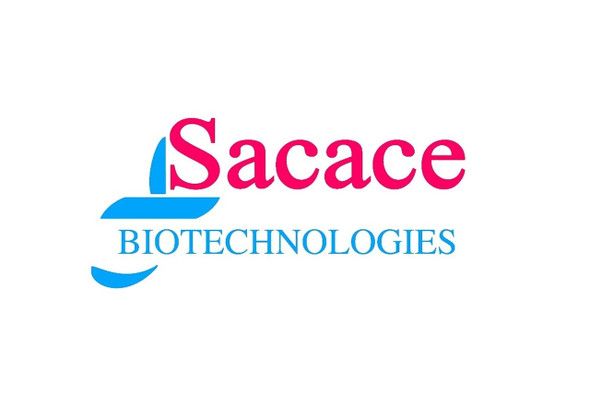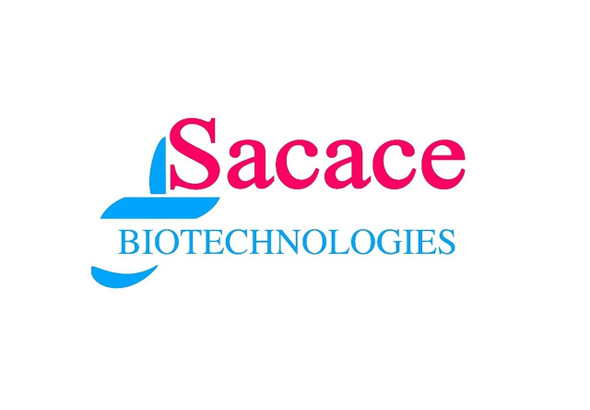Toxoplasma gondii RT-PCR (CE) | P1-50FRT
- SKU:
- 441-P1-50FRT
- Availability:
- Delivery On Request
- Test Size:
- 50
Description
Toxoplasma gondii RT-PCR (CE) | P1-50FRT from Sacace Biotechnologies is available for delivery
Real Time PCR kit for qualitative detection of Toxoplasma gondii
Storage & Shipping :
Must be stored at 2-8°C.The kit can be shipped at 2-8°C but should be stored at 2-8°C immediately on receipt. .
Toxoplasma gondii RT-PCR (CE) P1-50FRT DataSheet
INTENDED USE
Toxoplasma gondii Real-TM PCR kit is an in vitro nucleic acid amplification test for qualitative detection of Toxoplasma gondii DNA in the clinical material (peripheral blood, umbilical cord blood, white cells of peripheral or umbilical cord blood, biopsy and autopsy material, cerebrospinal fluid, and amniotic fluid) by means of real-time hybridization-fluorescence detection.
PRINCIPLE OF ASSAY
Toxoplasma gondii detection by the polymerase chain reaction (PCR) is based on the amplification of pathogen genome specific region by using specidic primers. In real-time PCR, the amplified product is detected using fluorescent dyes. These dyes are linked to oligonucleotide probes that bind specifically to the amplified product. The real-time monitoring of the fluorescence intensities during the real-time PCR allows the detection of accumulating product without re-opening the reaction tubes after the PCR run.
Toxoplasma gondii Real-TM PCR kit uses “hot-start”, which greatly reduces the frequency of nonspecifically primed reactions. “Hot-start” is guaranteed by separation of nucleotides and Taq-polymerase by using chemically modified polymerase (TaqF), which is activated by heating at 95 °C for 15 min. Toxoplasma gondii DNA detection in clinical samples includes:
(a) Total DNA extraction from white blood cells of peripheral and umbilical cord blood, biopsy and autopsy material, cerebrospinal fluid, and amniotic fluid simultaneously with the exogenous Internal Control.
(b) Multiplex real-time PCR of a DNA fragment of a nonstructural repeated gene (529 bp long) encoding Toxoplasma gondii protein and an artificial DNA fragment cloned into phage λ, which is used as a noncompetitive exogenous Internal Control.
Toxoplasma gondii DNA amplification is detected in the JOE/Yellow/HEX/Cy3channel, the noncompetitive exogenous Internal Control amplification is detected in the FAM/Green channel.
The exogenous Internal Control allows monitoring the main steps of PCR analysis (DNA extraction and amplification). The main advantage of a noncompetitive exogenous Internal Control is the extension of the linear detection range and, therefore, an increase in the analytical sensitivity of the test.
1 Review
-
Wonderfull
I have a query about some products, but the staff helped me a lot in a very well way. A wonderful experience it was for me






